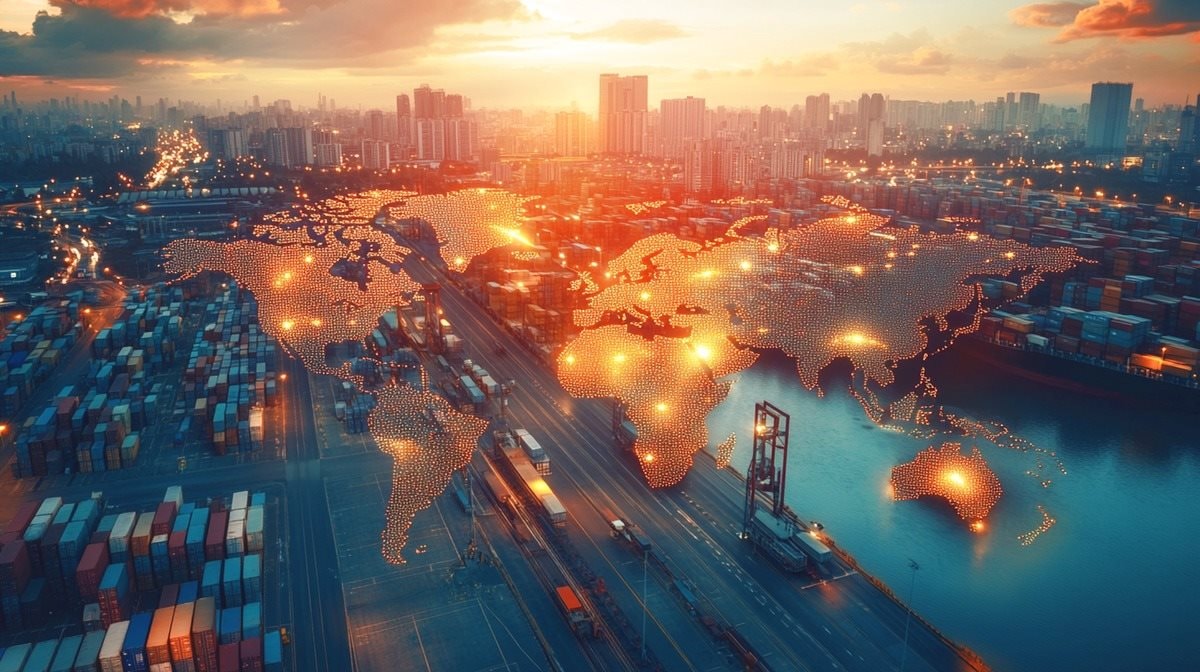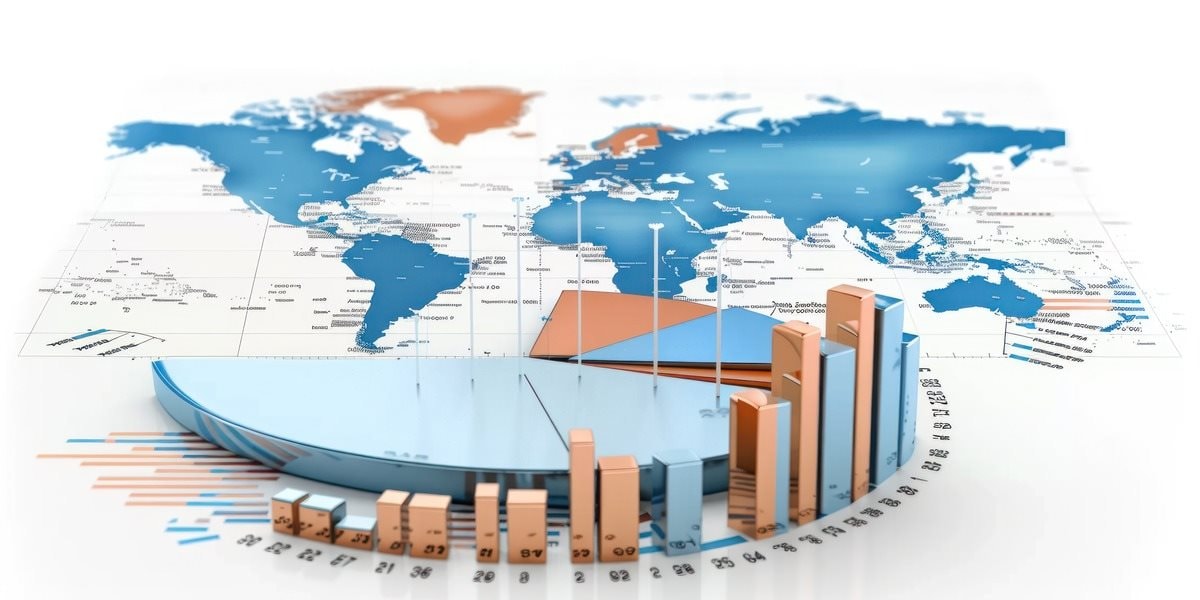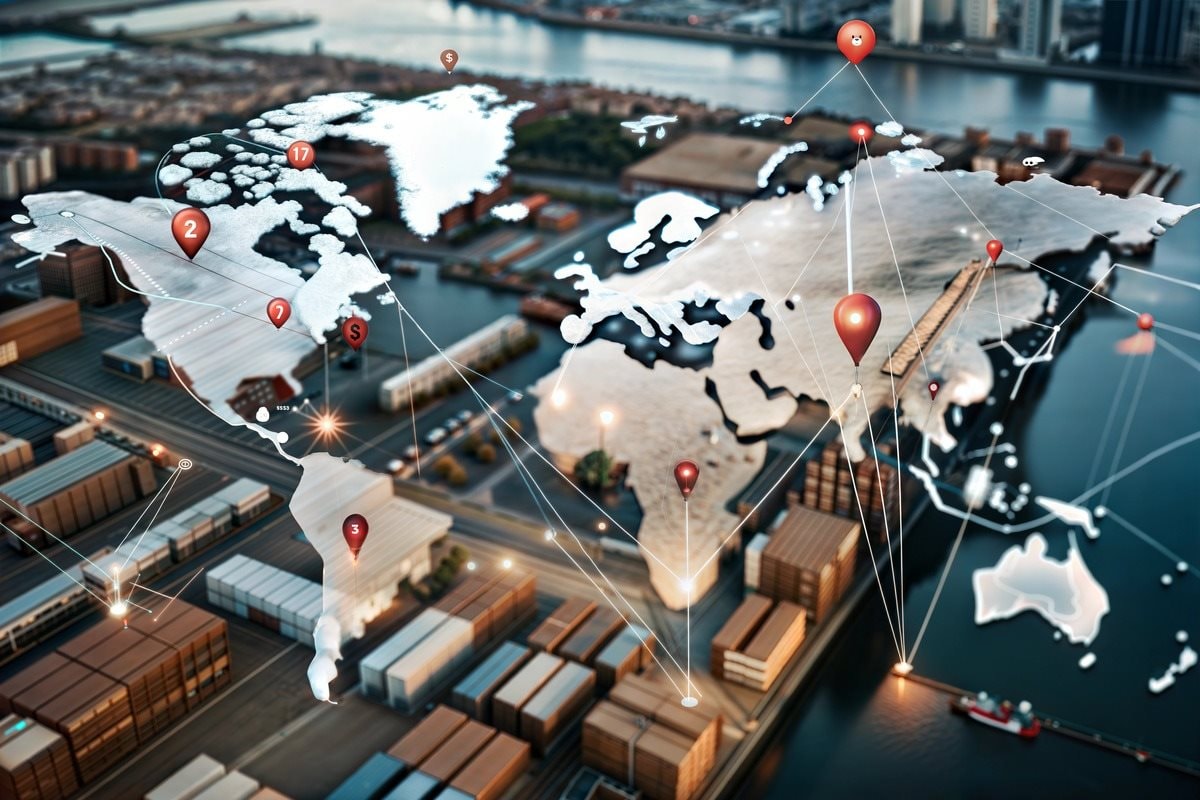Southeast Asia: The New Destination for Global Supply Chains
English - Ngày đăng : 15:20, 05/10/2024

Geopolitical Shifts Accelerating Production Relocation
Changes in relations between China and major trade partners have accelerated the trend of production relocation. Since the COVID-19 pandemic, the importance of resilient supply chains capable of withstanding shocks has become even more apparent. This is not only due to pandemic-related challenges but also rising geopolitical tensions, making it increasingly difficult to maintain a stable global supply chain.
Additionally, global CEOs are facing growing pressure to meet environmental, social, and corporate governance (ESG) standards. Building supply chains that comply with these standards requires a thorough evaluation of regions with the potential to become economic growth drivers in the future. According to a Boston Consulting Group (BCG) survey, over 90% of global manufacturers plan to redesign their supply chain networks within the next five years, emphasizing the need for change.
Southeast Asia - Cost Advantages and Growth Potential
Southeast Asia is becoming an ideal destination for production relocation, thanks to its low-cost advantage and abundant labor force. According to BCG’s Global Manufacturing Cost Comparison Model, baseline manufacturing costs in Southeast Asia are about 15% lower than in China, even before considering logistics and tariff costs. This makes the region an appealing option for companies looking to manage costs and mitigate supply chain risks.
From 2018 to 2022, exports from Southeast Asia to the United States surged by 65%, while imports from China fell by 10%. This shift demonstrates the ongoing relocation of production away from China. By 2031, Southeast Asia’s domestic consumption is expected to reach $4 trillion, with middle- and upper-income households accounting for 84% of the population. These figures highlight the region’s strong growth potential in the coming years.

Supporting Policies and a Growing Production Ecosystem
In recent years, ASEAN has implemented several supportive policies to promote the free flow of goods and services among member countries. Infrastructure projects such as port expansions, along with investments in energy, transportation, and digital infrastructure, have further fueled the region’s growth. Initiatives like the ASEAN highway network, the Singapore-Kunming rail project, and the Indonesia-Malaysia-Thailand Growth Triangle exemplify the evolving economic ecosystem.
Moreover, major trade agreements like the Regional Comprehensive Economic Partnership (RCEP) and the Comprehensive and Progressive Agreement for Trans-Pacific Partnership (CPTPP) provide Southeast Asia with a competitive trade advantage, as participating nations represent over 40% of global GDP. These policies not only enhance regional economic integration but also open up numerous international cooperation opportunities.
According to BCG, the value-added of Southeast Asia’s manufacturing industry is projected to grow from $748 billion in 2022 to $1.4 trillion by 2028. The compound annual growth rate (CAGR) is estimated at 11%, significantly higher than competitors like India (8.4%), China (3.6%), and Mexico (3.3%). Southeast Asia is now leading global manufacturing growth, with exports expected to increase by 90%, reaching $3.2 trillion by 2031.
Indonesia - A Bright Spot in the Region

Among Southeast Asian countries, Indonesia stands out as a potential manufacturing destination, thanks to its large economy and solid growth foundations. Indonesia’s manufacturing PMI, according to August 2023 analysis, ranks highest among ASEAN countries and is only slightly behind India, the leader in Asia. Indonesia also offers low productivity-adjusted manufacturing costs, approximately 15% lower than in China, and has a large labor force of around 145 million people.
However, Indonesia faces several challenges, including underdeveloped infrastructure, which limits inter- and intra-island trade networks. Sustainability standards also lag behind, which poses issues in an increasingly ESG-conscious global market. Companies need to carefully assess these complexities when entering and operating in Indonesia to ensure a successful supply chain transition.
Southeast Asia is at a critical juncture for global supply chain relocation, with enormous potential due to its low production costs, labor availability, and rapidly growing domestic market. However, to fully capitalize on this opportunity, businesses must understand the local context, develop long-term strategies, and prepare for the complexities of navigating a diverse and challenging business environment.
The opportunity in Southeast Asia lies not only in its cost advantages but also in its connectivity, regional policy support, and shifts in global geopolitics. Companies can leverage these advantages to grow, but doing so requires market insight, risk management, and effective supply chain optimization. Those who succeed in this region will secure their place at the new heart of global manufacturing, helping shape the economic future of the region in the decades to come.
